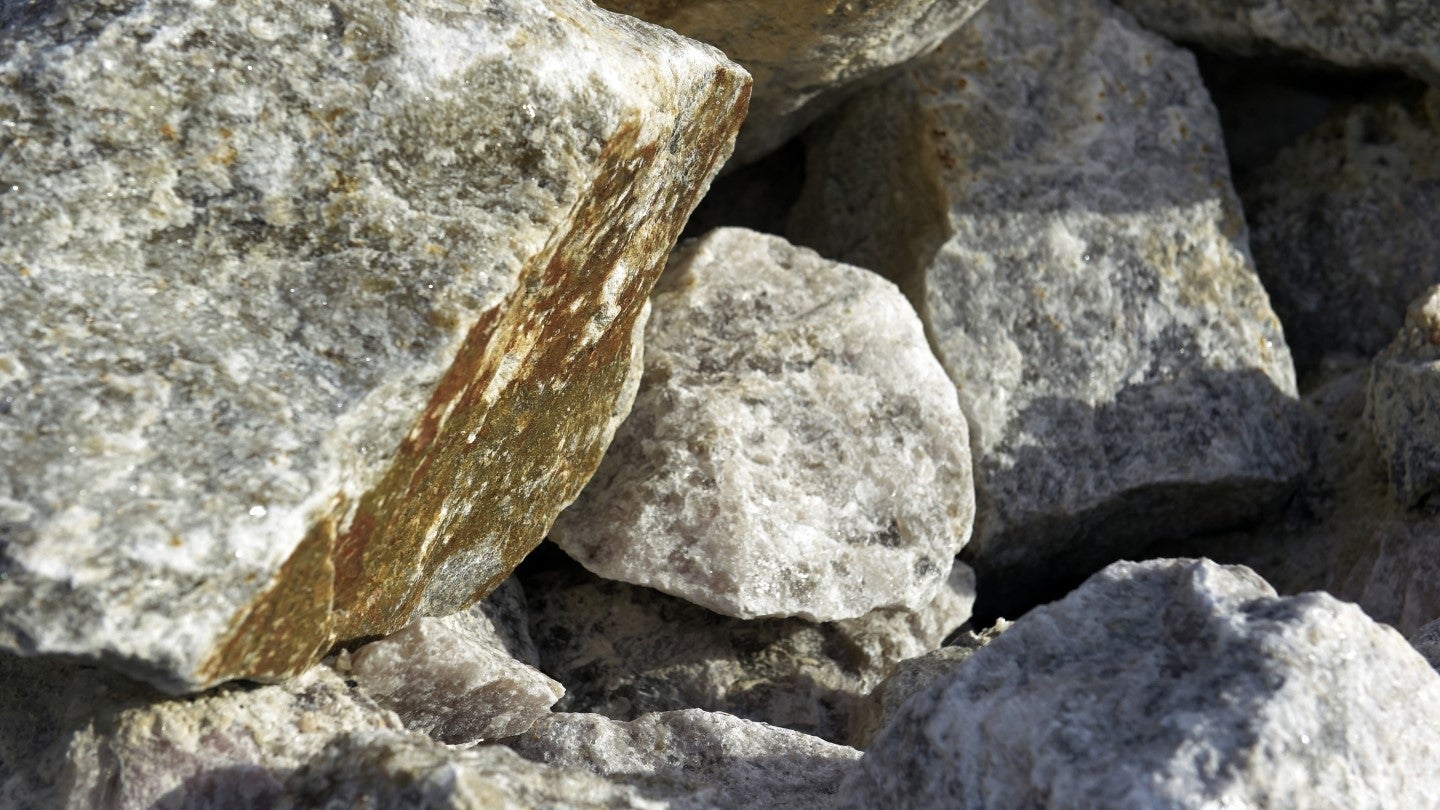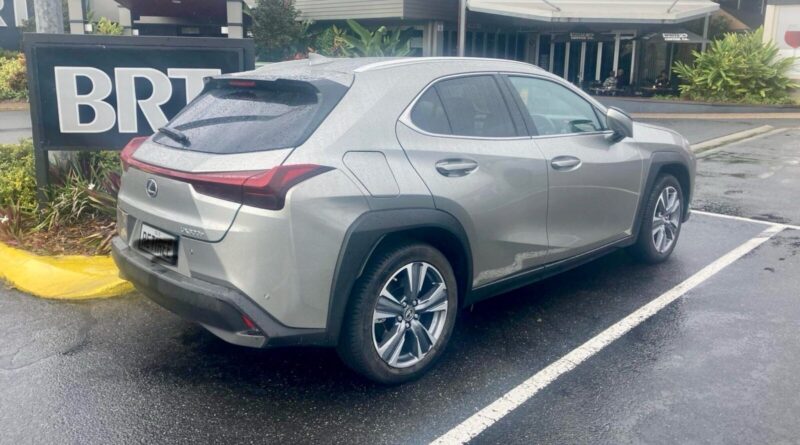
It was supposed to be a blockbuster new step forward for offshore wind in the US. Earlier this year, the federal government announced three new zones in the Gulf of Mexico would be opened to offshore wind development — two off the coast of Texas and one off the coast of Louisiana.
Sites within the three areas were to be auctioned to the highest bidder in late August. Billions of dollars in federal incentives from the Inflation Reduction Act were available to the successful bidders. Expectations ran high that offshore wind in the Gulf of Mexico would transform the electricity markets in Texas, Louisiana, and other nearby states by making inexpensive renewable energy available to millions of Americans.
On August 29, the Bureau of Ocean Energy Management held the much anticipated auction. When the smoke cleared and the dust settled, no bids were received for the two offshore wind zones near Texas and a total of two bids were received for the zone near Louisiana. According to Reuters, Germany’s RWE won the rights to 102,480 acres (41,472 hectares) off Louisiana, which was the lowest winning bid for a federal offshore wind lease at auction since the Obama administration.
The Biden administration wants the US to develop 30 gigawatts of offshore wind by 2030. The Interior Department said the three offered Gulf leases combined had the potential to account for more than 10% of that amount. “It is striking just how bad the economics clearly must be in order for two of the three sites to remain unsold … and for the site that was sold to go for such a low price,” Alon Carmel, a partner at PA Consulting, which advises offshore wind companies, told Reuters.
Offshore Wind In The Gulf Of Mexico Is Challenging
Officials and offshore wind advocates were stunned, and pretty soon the postmortem analyses began. What went wrong? There is a laundry list of reasons for the failed auction, according to industry sources, some of whom now say they knew wind farms in the Gulf of Mexico were a bad idea all along. “The business case in the Gulf of Mexico for offshore wind is very vague, and very uncertain,” Chelsea Jean-Michel, a wind analyst at BloombergNEF, told HeatMap recently. “It doesn’t really make a lot of sense.”
The Gulf of Mexico has some circumstances that require specialized wind turbines. Wind speeds most of the time are lower than along the Atlantic coast, which means taller structures are necessary. But then, every once in a while, wind speeds are excessive when hurricanes hit the area. In an interesting coincidence, the BOEM auction fell on the anniversary of Hurricane Katrina. In addition, Hurricane Idalia is currently working its way up the west coast of Florida and threatening to become a Category 4 storm.
Engineers need to design turbines that can harvest enough wind to be profitable yet are able to withstand high winds, something they refer to as “a challenging design optimization problem.” For that, a new class of turbines will be needed. While offshore wind turbines have been installed in typhoon-prone areas in Asia, the challenge will be building a supply chain for turbines with bigger rotors and figuring out how intense future hurricanes could be in order to design blades that are strong enough, according to HeatMap.
And yet, the Gulf of Mexico does have some advantages. For one, the average depth of the water is quite shallow compared to most areas along the Atlantic coast. For another, the area has a wealth of experience building and installing oil and gas rigs in the area. In fact, Justin Williams of the National Ocean Industries Association told HeatMap that Gulf Coast companies have already brought their expertise to offshore wind construction in the Northeast. “Take the Block Island Wind Farm offshore Rhode Island,” he said. “Gulf Island Fabrication built the steel jackets for its foundations and Montco Offshore provided heavy lift vessels to move the equipment on site.”
Health, Safety, & Environmental Justice
While BOEM did include provisions for worker training programs in its bidding package, critics say many other aspects that could promote environmental justice for local residents were left out. Many BOEM projects encourage the use of project labor agreements that establish wages, safety protections, and benefits for workers before hiring begins. “BOEM recognizes the importance of making sure that we do this economic development in a way where the benefits are going to be spread among a lot of different people,” Rick Levy, the president of the Texas AFL-CIO, told The Guardian.
Despite pressure from unions and climate activists, BOEM stopped short of requiring such agreements, which means there is no guarantee jobs in offshore wind will pay well or will be safe. Texas, which recently passed legislation prohibiting cities from requiring water breaks for outdoor workers, is the only US state that does not require workers’ compensation for on-the-job injuries.
Jobs in the oil and gas industry in the Gulf of Mexico are notoriously dangerous, Milliken Biven, formerly of BOEM, told The Guardian. “There really is no offshore safety program in the Gulf of Mexico. Federal regulators don’t really have one. If you want to make offshore wind jobs safe, you have to make all offshore jobs safe. We’re a long way off.”
Offshore wind could also be a boon to poor communities in the Gulf which have long been harmed by fossil fuel pollution, but the bureau did not go far enough to make that a reality, said Kendall Dix, the national policy director at Taproot Earth, an environmental justice organization
The Biden administration excluded offshore wind from its hallmark environmental justice plan, Justice40, which is intended to steer 40% of federal environmental investments to vulnerable communities. As part of the 2022 offshore wind lease sale in California, BOEM offered bidding credits for developers who entered into community benefits agreements, but did away with those requirements for the Gulf of Mexico auction. “The Gulf south has had so much environmental injustice for so long, so much economic justice, so much racism, so much pollution,” Dix said. “Yet they removed the community benefit provision.”
Lack Of Policy Support For Offshore Wind
Texas and Louisiana are both cool to renewable energy initiatives, despite the fact that Texas has benefited greatly during the long hot summer of 2023 from wind and solar production coupled with energy storage, and Louisiana is currently experiencing massive wildfires. Neither state welcomed the influx of new renewable energy from the Gulf.
As a result, several of the companies that qualified for this week’s auction sale said they would use their leases to power renewable hydrogen installations, an approach climate justice advocates criticize as inefficient and a way to prolong the life of the fossil fuel sector industry.
Dix said that for decades, regulators have let energy companies leave their abandoned pipelines in the water. As a result, the Gulf of Mexico is home to more than 18,000 miles of abandoned pipelines, which make it unsafe to place new offshore wind transmission cables nearby without costly remediation.
To ensure Gulf communities truly benefit from offshore wind, Dix said, the government must force companies to remove unused infrastructure. It must also stop permitting new oil and gas operations in the region — neither of which is likely to happen any time soon.

The Takeaway
Offshore wind seems like such a sure bet. Turbines are out of sight of land. No farmland gets sacrificed for renewable energy. The wind blows 24 hours a day. And yet, offshore wind projects are getting cancelled or dialed back as higher interest rates and the rising cost of steel affect profit and loss calculations. The Biden administration is being criticized for promising “good paying jobs,” but then not including policy provisions that would make that promise a reality in projects like the Gulf of Mexico wind turbine plan.
Clearly there are a myriad of special considerations about putting wind turbines in the Gulf of Mexico that convinced most of the potential bidders to sit on their hands when it came time to bid. Will offshore wind come to the Gulf in the future? “We’ll see,” said the Zen master.
I don’t like paywalls. You don’t like paywalls. Who likes paywalls? Here at CleanTechnica, we implemented a limited paywall for a while, but it always felt wrong — and it was always tough to decide what we should put behind there. In theory, your most exclusive and best content goes behind a paywall. But then fewer people read it! We just don’t like paywalls, and so we’ve decided to ditch ours. Unfortunately, the media business is still a tough, cut-throat business with tiny margins. It’s a never-ending Olympic challenge to stay above water or even perhaps — gasp — grow. So …




